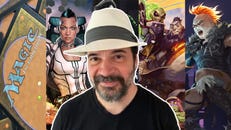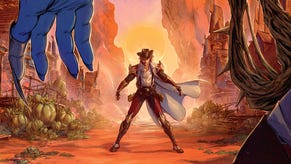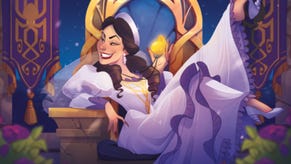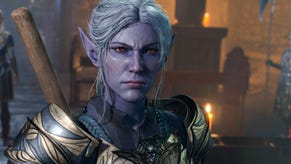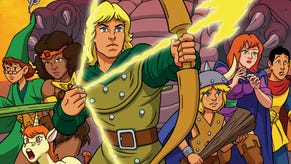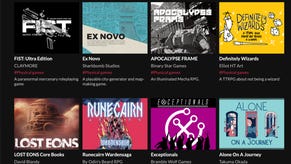SolForge Fusion is half Keyforge, half MTG’s Jumpstart - and a physical reboot for the digital card game
First ‘hybrid card game’ from Magic: The Gathering and Ascension designers.
Digital card game SolForge is coming to the tabletop with its first physical release that - somewhat appropriately - mashes together the infinite procedurally-generated cards of KeyForge with the hybrid deck-building of Magic: The Gathering’s Jumpstart format.
SolForge Fusion is a reboot-slash-successor of sorts to the original SolForge, which was released for PC and mobile in 2016 after a number of years in early access. Its original designers included Magic: The Gathering, Netrunner and KeyForge card game creator Richard Garfield, as well as MTG hall of famer Brian Kibler.
Key to the free-to-play app’s gameplay was a levelling mechanic, with players adding higher-level versions of a card to their discard pile when played. Every four turns, players would increase in rank, allowing them to reshuffle their discard pile into their deck - much like a deckbuilding game - and use more powerful cards.
In early 2017, publisher-developer Stone Blade Entertainment announced that SolForge’s servers would be shutting down. The game was later given an extra two years of life, eventually going offline in January 2019.
SolForge Fusion marks the first time that SolForge will be playable as a physical card game, with Ascension designer Justin Gary joining the returning Garfield to craft its revised format.
Fusion replaces the original SolForge’s conventional deck construction - in which players selected 30 cards to make up their deck before a match - with a new combination of half-decks procedurally generated by a computer algorithm to be entirely unique.
Players are able to blend two of these unique deck halves together to create their full deck - leading Stone Blade to call Fusion “the first-ever hybrid card game”.
In practice, Fusion’s deck construction sounds akin to a combination of Garfield’s own KeyForge - the ‘unique deck game’ released in 2018 that uses an algorithm to generate card lists unique to each player - and Magic: The Gathering’s recent Jumpstart format, which has players combining two themed deck halves to create a complete deck. In a design diary, Gary said that the technology demonstrated in KeyForge sparked the inspiration for Fusion’s hybrid approach.
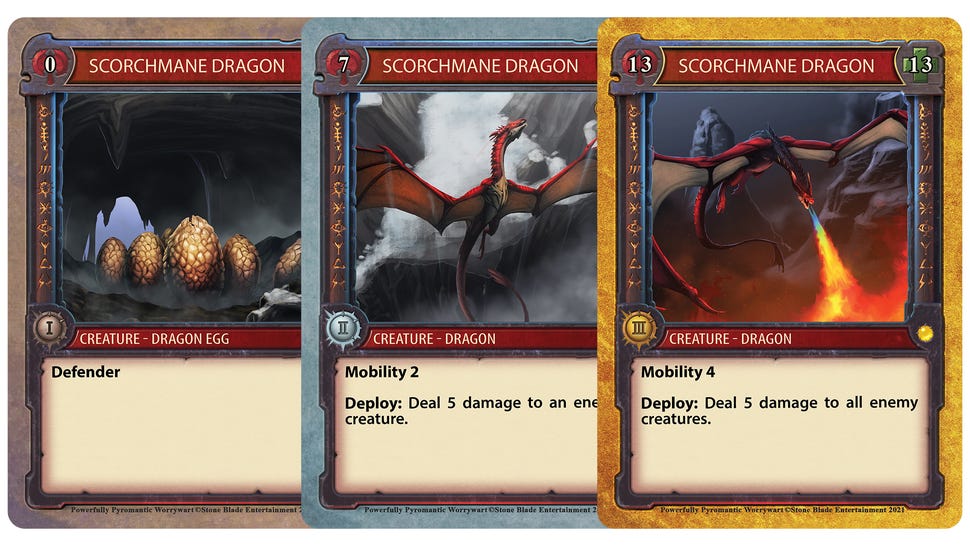
There will be 15,000 cards in Fusion’s initial base set, with Gary telling Dicebreaker that the algorithmic creation of deck halves means “there are functionally infinite possible combinations” possible.
Deck halves will be based on the various factions in SolForge’s setting. The algorithm is said to ensure that “each half-deck has sufficient synergies to be playable (e.g. Zombie Lords always come with Zombies)”, Gary added.
The deck halves will be fixed, stopping players from swapping individual cards in and out. Each half-deck includes a Forgeborn, the setting’s powerful characters who level up every three turns of play - players choose one of their two Forgeborn to use in a match. When Forgeborn hit their fourth level, the game enters a ‘sudden death’ mode, ensuring that matches end within a reasonable length.
Like KeyForge, each deck half will feature an algorithmically-generated name to accompany its unique makeup of cards. Creatures within the deck will also be generated by the algorithm, presenting variations of Forged creatures with different abilities and stats - for example, an Ice Dragon and Zombie Dragon.
As well as using their physical decks on the tabletop, players will be able to scan decks into an online collection to use in a digital version of SolForge Fusion offered through Tabletop Simulator, replacing the dedicated app. The online database will also be used for tournaments, Stone Blade said.
SolForge Fusion is due to launch on Kickstarter later today, September 7th. A release date and pricing are yet to be announced.


